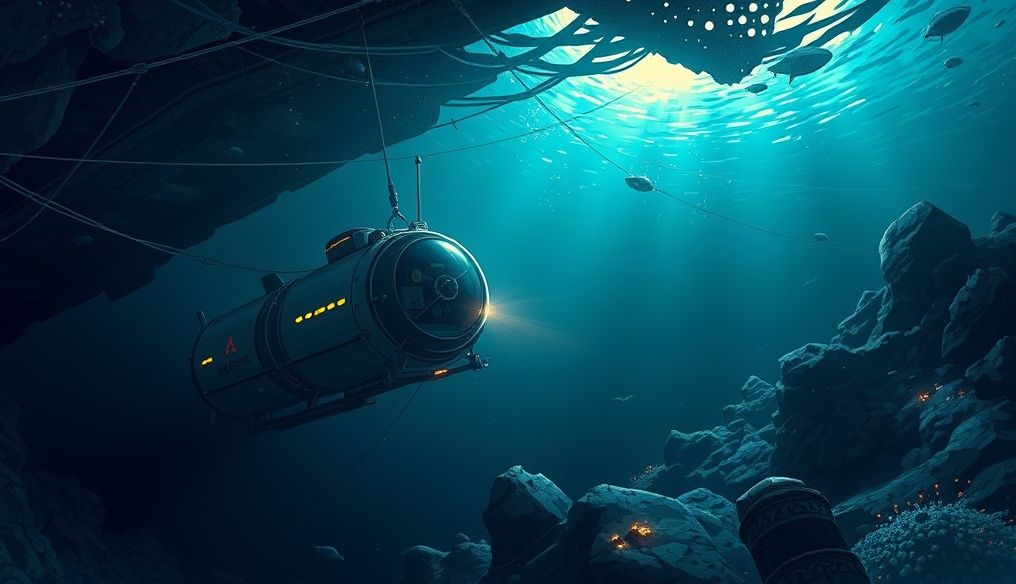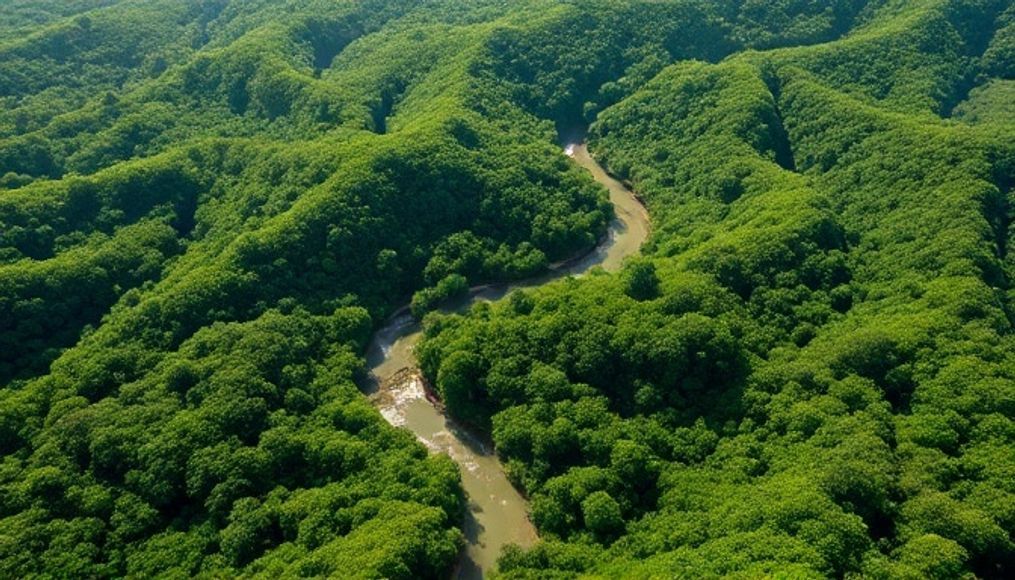Introduction: Exploring the Challenger Deep
The Challenger Deep, located in the Mariana Trench in the western Pacific Ocean, is the deepest known point on Earth. This abyss presents a unique challenge to scientists and engineers alike, raising questions about life in extreme conditions and the potential economic opportunities it may hold.
Chapter 1: Geography of the Challenger Deep
1.1 Location and Depth
The Challenger Deep is located in the southern part of the Mariana Trench, near the Mariana Islands. Its maximum depth is approximately 10,929 meters (35,853 feet), according to the latest measurements. This depth exceeds the height of Mount Everest.
1.2 Geological Formation
The Challenger Deep was formed as a result of the subduction process, where the Pacific Plate slides beneath the Mariana Plate. This continuous subduction creates an extremely deep trench.
Chapter 2: Extreme Pressure and Environmental Conditions
2.1 Immense Pressure
At the bottom of the Challenger Deep, the pressure reaches more than 1,000 times the atmospheric pressure at sea level. This immense pressure poses a significant challenge to any living organism or equipment.
2.2 Temperature and Light
The temperature at the bottom of the abyss is close to freezing, around 1-4 degrees Celsius. Sunlight does not reach this depth, making it a completely dark environment.
Chapter 3: Life in the Deep Sea
3.1 Adapted Organisms
Despite the harsh conditions, life exists in the Challenger Deep. These organisms include specialized species of fish, invertebrates, and bacteria that have adapted to live in these extreme conditions.
3.2 Biodiversity
The biodiversity in the Challenger Deep is still not fully explored. Scientists believe that there are many new species that have not yet been discovered.
Chapter 4: Scientific Explorations
4.1 Historical Expeditions
The first official expedition to the Challenger Deep was in 1960, when explorers Don Walsh and Jacques Piccard descended aboard the Trieste submarine.
4.2 Modern Technology
Today, advanced robotic submarines and specialized sensors are used to explore the Challenger Deep and collect scientific data.
Chapter 5: Potential Economic Significance
5.1 Rare Earth Minerals
Studies indicate that there are high concentrations of rare earth minerals at the bottom of the Challenger Deep. These minerals are essential for the electronics and advanced technology industries.
5.2 Enzymes and Proteins
Organisms in the Challenger Deep may contain unique enzymes and proteins that can be used in the pharmaceutical and biotechnology industries.
Chapter 6: Technical and Economic Challenges
6.1 Exploration Costs
The costs of exploring and exploiting resources in the Challenger Deep are extremely high. This requires significant investments in technology and infrastructure.
6.2 Environmental Risks
Resource exploitation in the Challenger Deep must be done in a sustainable manner to protect the fragile environment in the deep sea.
Chapter 7: Legal and Regulatory Aspects
7.1 Laws of the Sea
The exploration and exploitation of resources in the Challenger Deep are subject to international laws of the sea, which define the rights and responsibilities of states in international waters.
7.2 Environmental Regulations
Strict environmental regulations must be put in place to ensure the protection of the marine environment in the Challenger Deep.
Chapter 8: Impact of Climate Change
8.1 Carbon Absorption
Oceans play a vital role in absorbing carbon dioxide from the atmosphere. Changes in temperature and ocean currents may affect this process.
8.2 Sea Level Rise
Melting ice and rising ocean temperatures are leading to sea level rise, which threatens coastal areas.
Chapter 9: Future of Exploration and Exploitation
9.1 Technological Advancements
Technological advancements will play a crucial role in the future of exploration and exploitation of resources in the Challenger Deep. These advancements include advanced robotic submarines, specialized sensors, and data processing technologies.
9.2 International Partnerships
International partnerships may be necessary to share the costs and risks associated with exploring and exploiting resources in the Challenger Deep.
Chapter 10: Conclusion and Recommendations
The Challenger Deep represents both a challenge and an opportunity. Exploring and exploiting resources in this area requires significant investments, advanced technology, and a strong commitment to environmental protection. Governments, companies, and scientists must work together to ensure that these resources are exploited in a sustainable and responsible manner.




